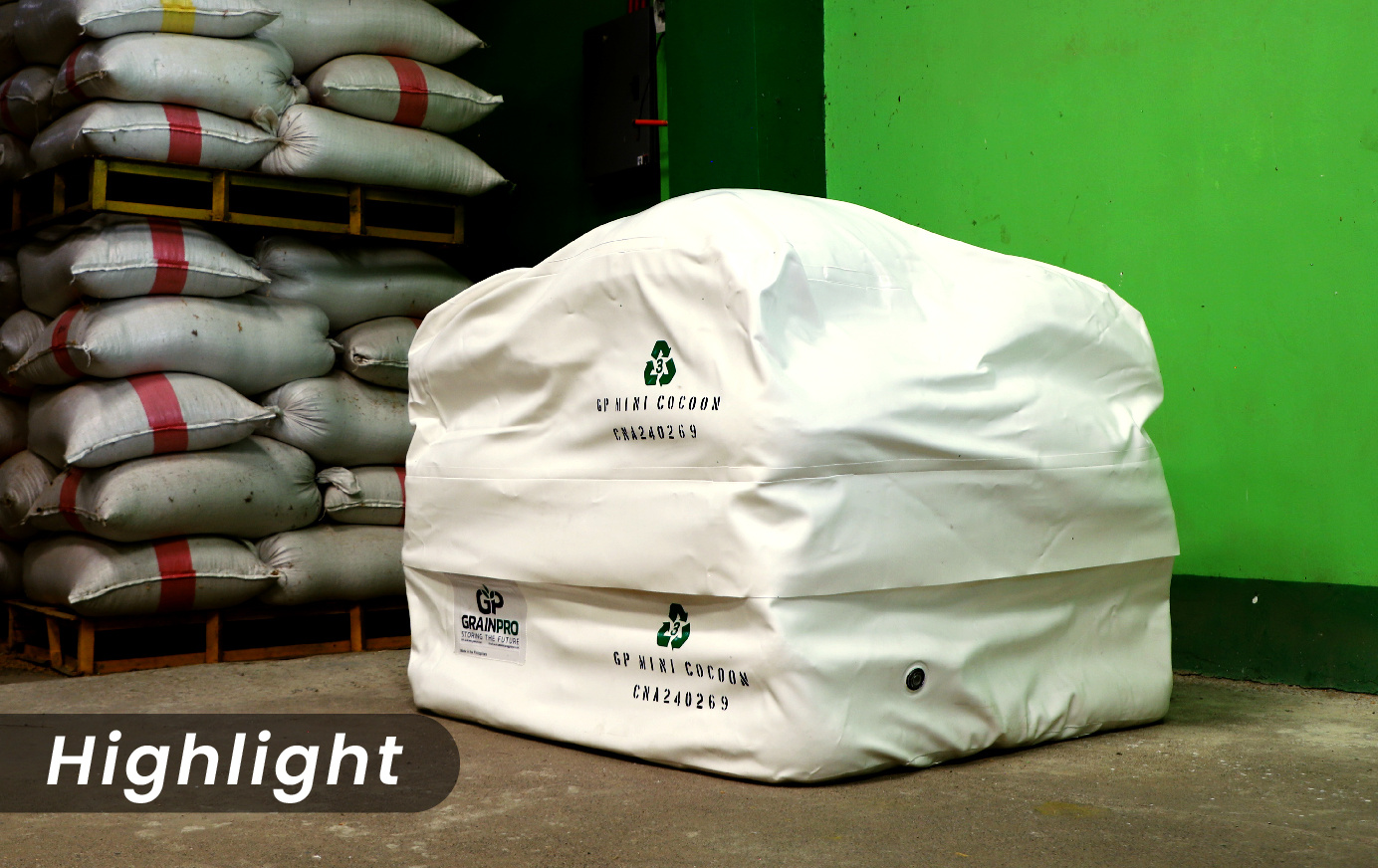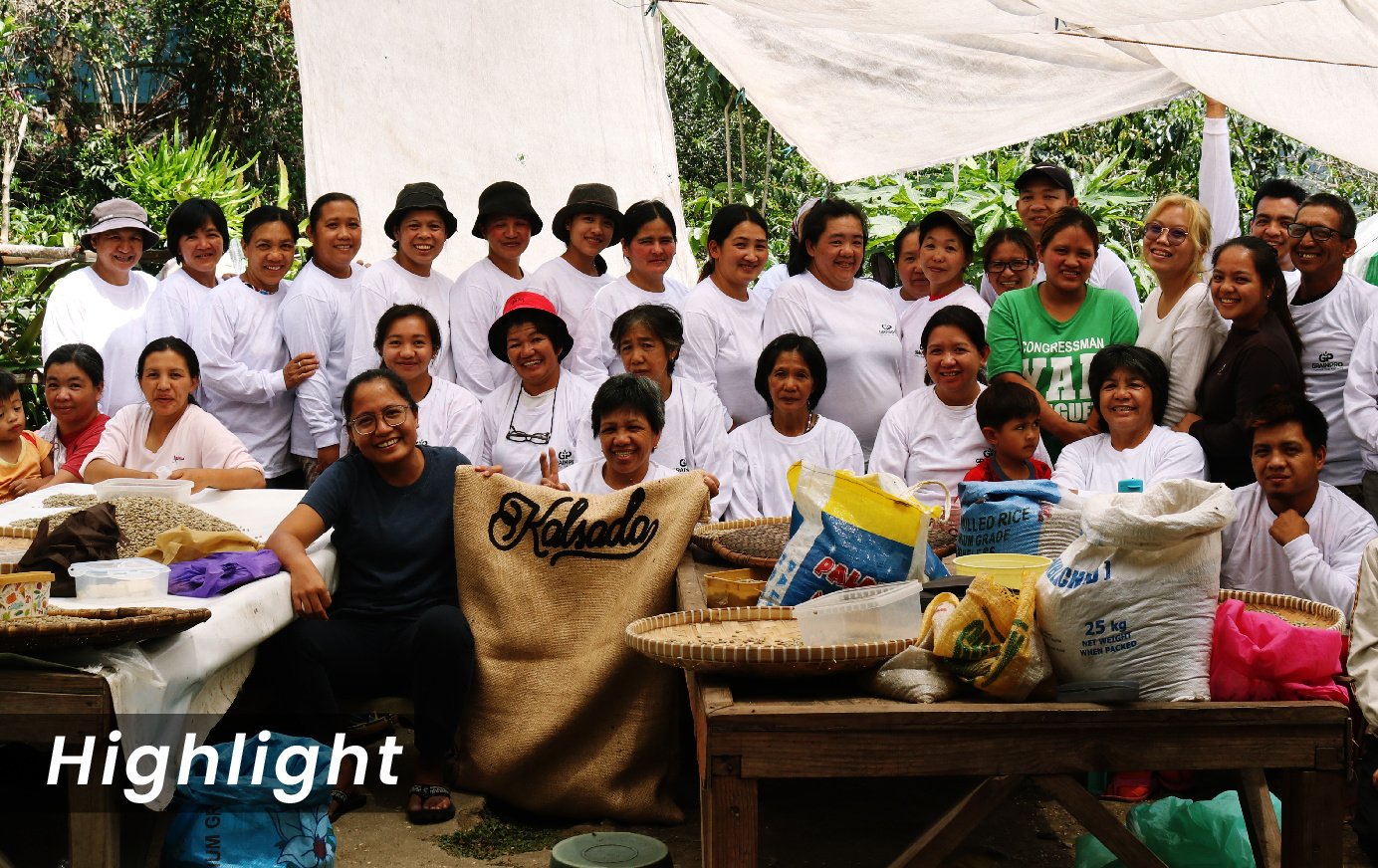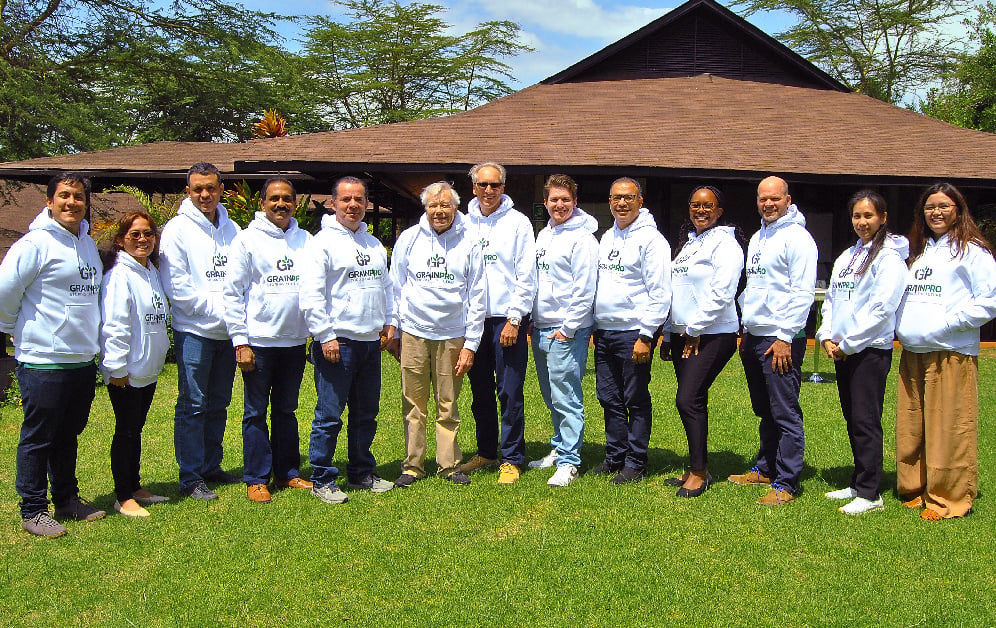Achieving food security is more than having enough food; it goes beyond quantity to better safety and nutritional quality.
The food that we eat is a reflection of its journey from the farm to our plates. Ensuring good quality, thus, requires better and safer processing of crops throughout pre-harvest and post-harvest.
Organic is one of the more sustainable ways to produce and process food, mainly guided by standards that promote natural and chemical-free practices. As a result, organic food is often considered safe for people and the environment due to fewer residues. However, this also entails minimizing or avoiding synthetic preservatives and fumigants.
Dry agricultural commodities, including staple grains and high-value crops, usually undergo long-term preservation. Without suitable measures, organic long-term preservation of these crops may lead to multiple challenges during post-harvest.
Post-harvest Challenges of Organic Preservation
Organic commodities can encounter numerous deteriorating factors during storage and other post-harvest processes, especially without the commonly used preservation methods. Among these are:
Spoilage
With synthetic preservatives out of the picture, spoilage can occur without proper storage and measures. Thus, most organic commodities are often sold fresh and quickly consumed to avoid spoiling. Cold storage is a common alternative for long-term preservation, but this option can be costly and less accessible for smaller-scale operations.
Mold Growth
Even with proper drying, ensuring dry agricultural commodities stay at an optimal moisture content level is vital to prevent molds and moisture damage during storage and transport. Excess moisture can easily lead to mold growth. Aside from being a leading cause of spoilage, certain molds also pose health risks in producing harmful aflatoxins.
Insect Infestation
Many insect species feed on stored grains, making infestations among the most damaging problems in post-harvest. As farmers and producers often rely on synthetic pesticides and chemical fumigation, managing this issue can be challenging when preserving organic commodities.
Alternatives are a must-have for organic commodities, given the high risks of heavy damage from infestations and other factors. Yet, is organic fumigation even a possibility?
Organic Fumigation: Is it possible?
Conventionally, phosphine is one of the most widely used fumigants during post-harvest treatment. Administering this colorless and highly flammable gas requires trained professionals due to its toxicity. Apart from its possible dangers, phosphine in any amount is not allowed for organic produce.
Another effective option, Carbon dioxide (CO2) provides an alternative to phosphine. This naturally occurring gas leaves no residues behind and applies to organic commodities.
CO2 fumigation, more accurately called controlled or modified atmosphere, involves flushing CO2 in high concentrations to replace oxygen within an airtight storage unit. While technically not a fumigation practice, this treatment can effectively control infestations by creating an increasingly harsh environment for pests embedded within the commodities.
Hermetic storage solutions are vital for an effective modified atmosphere treatment. On its own, hermetic technology implements the same concept by utilizing excellent barriers that block air and moisture exchange. Hermetic storage allows for gradual oxygen depletion from insect respiration while raising and maintaining the CO2 levels.
When paired with CO2 fumigation, hermetic storage enables a faster and chemical-free method of exterminating pests in all life stages through natural asphyxiation (As seen in the image: Dead weevils in Cocoon).
One great example is the GrainPro® Cocoon™, which can store bagged dry agricultural commodities of 5 metric tons and above. Applicable for indoor and outdoor installation, the Cocoon™ protects from external factors while allowing easy monitoring of internal oxygen and humidity levels. While this hermetic storage solution can function well on its own, ports are also available for CO2 treatment.
Additionally, the Directorate of Plant Protection, Quarantine, and Storage (DPPQ&S) of the Government of India has approved the use of Cocoon™ in modified atmosphere treatment and CO2 fumigation for pre-shipment and quarantine purposes under NSPM-25.
In Photo: Exterminated meal moths within the Cocoon Indoor
The Cocoon Indoor™ is also a valuable storage solution that offers the same benefits, safely storing commodities within jute bags, big bags, and boxes. This lightweight and indoor-only solution has a customizable size and can include a special inlet for CO2 flushing and fumigation.
For safe and worry-free transport, GrainPro® TranSafeliner™ provides hermetic protection for bagged commodities. Apart from airtight and moisture-proof barriers, this transport solution also allows for CO2 flushing for maximum security against infestations.
Alternatives for organic commodities have come and can go a long way with more accessible solutions. As a world-leading expert in post-harvest technologies, GrainPro continuously develops and provides solutions for more sustainable, chemical-free handling of dry agricultural commodities throughout drying, storage, and transport.
Discover and learn about different GrainPro hermetic solutions for your organic commodities by clicking the button below.
Date Published: October 1, 2024




.jpg)
